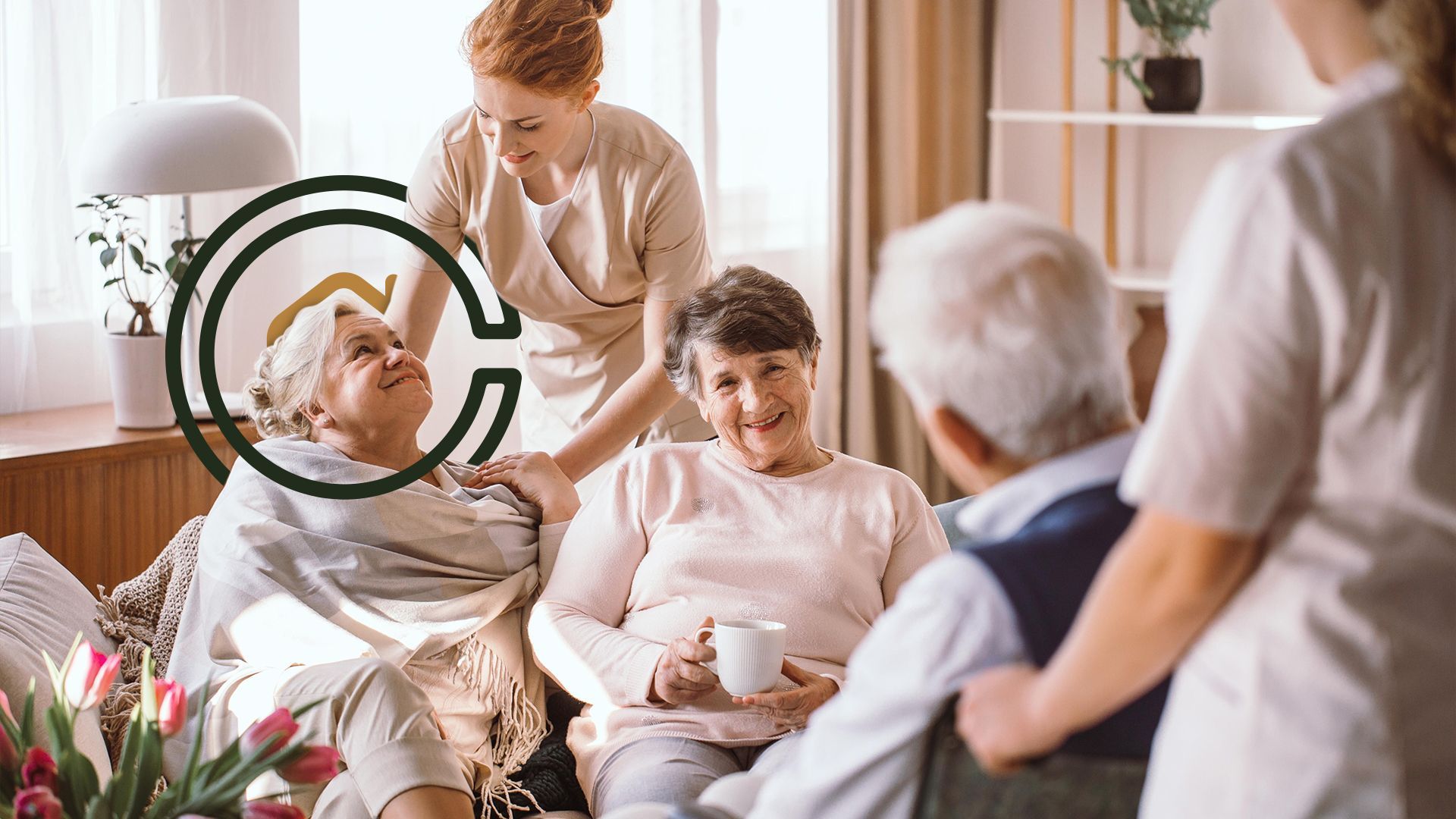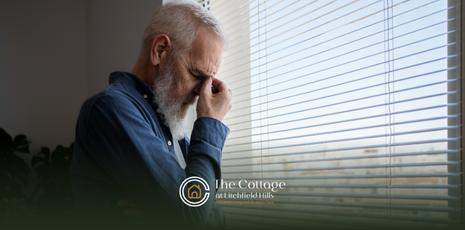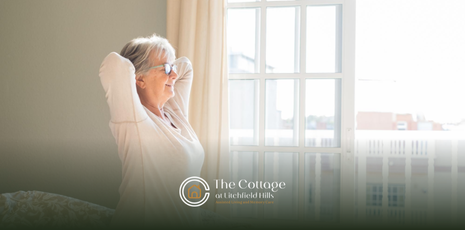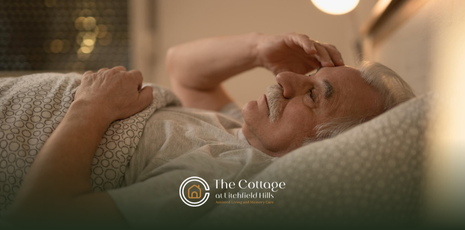How Physical Activity Improves Senior Health

Key Highlights
- Physical activity is crucial for seniors to maintain strength, balance, and independence.
- Regular exercise improves heart health, joint mobility, cognitive function, and mood.
- Both structured workouts and daily activities contribute to overall senior health.
- Exercise can prevent chronic diseases, reduce fall risk, and enhance social engagement.
- Seniors benefit most from personalized exercise programs that accommodate individual needs and abilities.
As we age, maintaining health and independence becomes increasingly important. Physical activity is a cornerstone of senior wellness, offering a wide range of benefits for both body and mind. Contrary to outdated beliefs, exercise is not just for younger adults—it is essential for older adults to maintain mobility, prevent disease, and improve overall quality of life.
This article explores how physical activity improves senior health, providing insights into the types of exercises suitable for seniors, their benefits, and practical tips for staying active safely.
The Importance of Physical Activity for Seniors
Physical activity helps seniors maintain independence and overall well-being. As we age, muscle mass, bone density, and cardiovascular health naturally decline. Regular exercise can slow these changes and even reverse some age-related decline.
Key reasons seniors should engage in physical activity:
- Preserve muscle strength and flexibility
- Enhance cardiovascular health
- Improve balance and reduce fall risk
- Boost mental health and cognitive function
- Support weight management and chronic disease prevention
Types of Physical Activity for Seniors
1. Aerobic Exercise
Aerobic exercises increase heart rate and improve cardiovascular health. Examples include:
- Walking or brisk walking
- Swimming
- Cycling
- Dancing
Benefits:
- Strengthens the heart and lungs
- Improves circulation
- Helps manage weight and blood pressure
2. Strength Training
Strength or resistance training helps maintain muscle mass and bone density, reducing the risk of osteoporosis and frailty. Examples include:
- Light weightlifting
- Resistance bands
- Bodyweight exercises like squats and wall push-ups
Benefits:
- Improves mobility and balance
- Supports joint health
- Enhances independence in daily activities
3. Flexibility and Stretching
Stretching exercises improve flexibility, range of motion, and posture. Common practices include:
- Yoga
- Tai Chi
- Gentle stretching routines
Benefits:
- Reduces stiffness and muscle soreness
- Prevents injury and improves functional movement
- Enhances relaxation and stress reduction
4. Balance and Coordination Exercises
Balance exercises reduce the risk of falls, a common concern for seniors. Examples include:
- Standing on one foot
- Heel-to-toe walking
- Tai Chi
Benefits:
- Improves stability
- Builds core strength
- Enhances confidence in movement
How Physical Activity Improves Senior Health
1. Supports Cardiovascular Health
Regular aerobic activity strengthens the heart, reduces blood pressure, and improves circulation. Seniors who engage in aerobic exercise are less likely to experience heart disease, stroke, or other cardiovascular issues.
2. Maintains Muscle Mass and Bone Density
As we age, muscle mass naturally decreases. Strength training helps counteract this decline, maintaining strength for daily tasks such as climbing stairs, lifting objects, or walking longer distances. Weight-bearing exercises also support bone density, reducing the risk of osteoporosis and fractures.
3. Improves Mental Health and Cognitive Function
Physical activity stimulates blood flow to the brain and encourages the release of endorphins, improving mood and reducing symptoms of depression and anxiety. Studies suggest that exercise can also improve memory, attention, and overall cognitive function, which is particularly important for seniors at risk of dementia.
4. Enhances Balance and Prevents Falls
Falls are a leading cause of injury in older adults. Exercises that improve balance, coordination, and leg strength help seniors stay steady on their feet and reduce the likelihood of falls.
5. Manages Chronic Conditions
Regular physical activity can help manage chronic conditions such as:
- Diabetes: Improves insulin sensitivity and blood sugar control
- Arthritis: Reduces joint stiffness and pain
- Hypertension: Lowers blood pressure naturally
- Obesity: Helps maintain a healthy weight
6. Boosts Immune Function
Exercise promotes healthy circulation and supports the immune system, helping seniors fight infections and recover faster from illnesses.
7. Enhances Social Engagement
Group exercise classes, walking clubs, and recreational sports offer seniors opportunities to connect socially. Social interaction is linked to better mental health, cognitive function, and overall well-being.
Recommended Exercise Guidelines for Seniors
Health experts recommend that older adults aim for:
- 150 minutes of moderate aerobic activity per week (e.g., brisk walking, swimming)
- 2–3 days of strength training per week
- Daily stretching and balance exercises
- Activities should be tailored to individual abilities and health conditions
Safety Tips:
- Start slowly and gradually increase intensity
- Consult a healthcare provider before beginning a new exercise program
- Stay hydrated and wear appropriate footwear
- Listen to your body and rest when needed
Sample Weekly Exercise Plan for Seniors
| Day | Activity | Duration | Notes |
|---|---|---|---|
| Monday | Brisk walking | 30 mins | Outdoor or treadmill |
| Tuesday | Strength training | 20-30 mins | Light weights or resistance bands |
| Wednesday | Yoga or stretching | 20 mins | Focus on flexibility and relaxation |
| Thursday | Aerobic activity (cycling or swimming) | 30 mins | Moderate intensity |
| Friday | Balance exercises | 15-20 mins | Tai Chi or standing exercises |
| Saturday | Social or group activity | 30 mins | Dancing, walking club |
| Sunday | Rest or gentle stretching | 15 mins | Recovery day |
Overcoming Barriers to Exercise in Seniors
Many seniors face barriers to staying active, including:
- Chronic pain or mobility limitations
- Fear of injury
- Lack of motivation or social support
- Limited access to safe spaces for exercise
Solutions:
- Modify exercises to individual abilities
- Use supportive equipment (chairs, rails, resistance bands)
- Join senior-friendly fitness programs or classes
- Incorporate physical activity into daily routines (gardening, walking, household chores)
Final Thoughts
Physical activity is a cornerstone of healthy aging, offering a wide range of benefits for seniors’ physical, mental, and emotional well-being. From cardiovascular health to balance, strength, and cognitive function, staying active helps seniors maintain independence and enjoy a higher quality of life.
At The Cottage at Litchfield Hills, seniors have access to structured fitness programs, social activities, and personalized support that encourage safe and enjoyable physical activity. By promoting movement and wellness, seniors can thrive physically, mentally, and socially in a supportive community environment. Contact us today!
Frequently Asked Questions
What types of exercises are safest for seniors?
Low-impact aerobic exercises, strength training with light weights, stretching, yoga, Tai Chi, and balance exercises are safe when performed correctly.
How much exercise should seniors aim for each week?
Experts recommend 150 minutes of moderate aerobic activity per week, 2–3 days of strength training, and daily stretching and balance exercises.
Can exercise improve memory and cognitive function in seniors?
Yes. Physical activity increases blood flow to the brain, supports mental health, and can improve memory, focus, and cognitive abilities.
What if a senior has limited mobility or chronic pain?
Exercises can be adapted using chairs, resistance bands, or water-based workouts. Physical therapists can design safe routines tailored to individual needs.
Is social interaction important during exercise for seniors?
Yes. Group classes or walking clubs provide social engagement, which enhances mental health, motivation, and overall well-being.
Sources:
- https://pmc.ncbi.nlm.nih.gov/articles/PMC6304477/
- https://pmc.ncbi.nlm.nih.gov/articles/PMC449721/
- https://pmc.ncbi.nlm.nih.gov/articles/PMC4814318/
- https://www.mayoclinic.org/diseases-conditions/osteoporosis/in-depth/osteoporosis/art-20044989
- https://www.alzheimers.org.uk/about-dementia/managing-the-risk-of-dementia/reduce-your-risk-of-dementia/physical-activity






